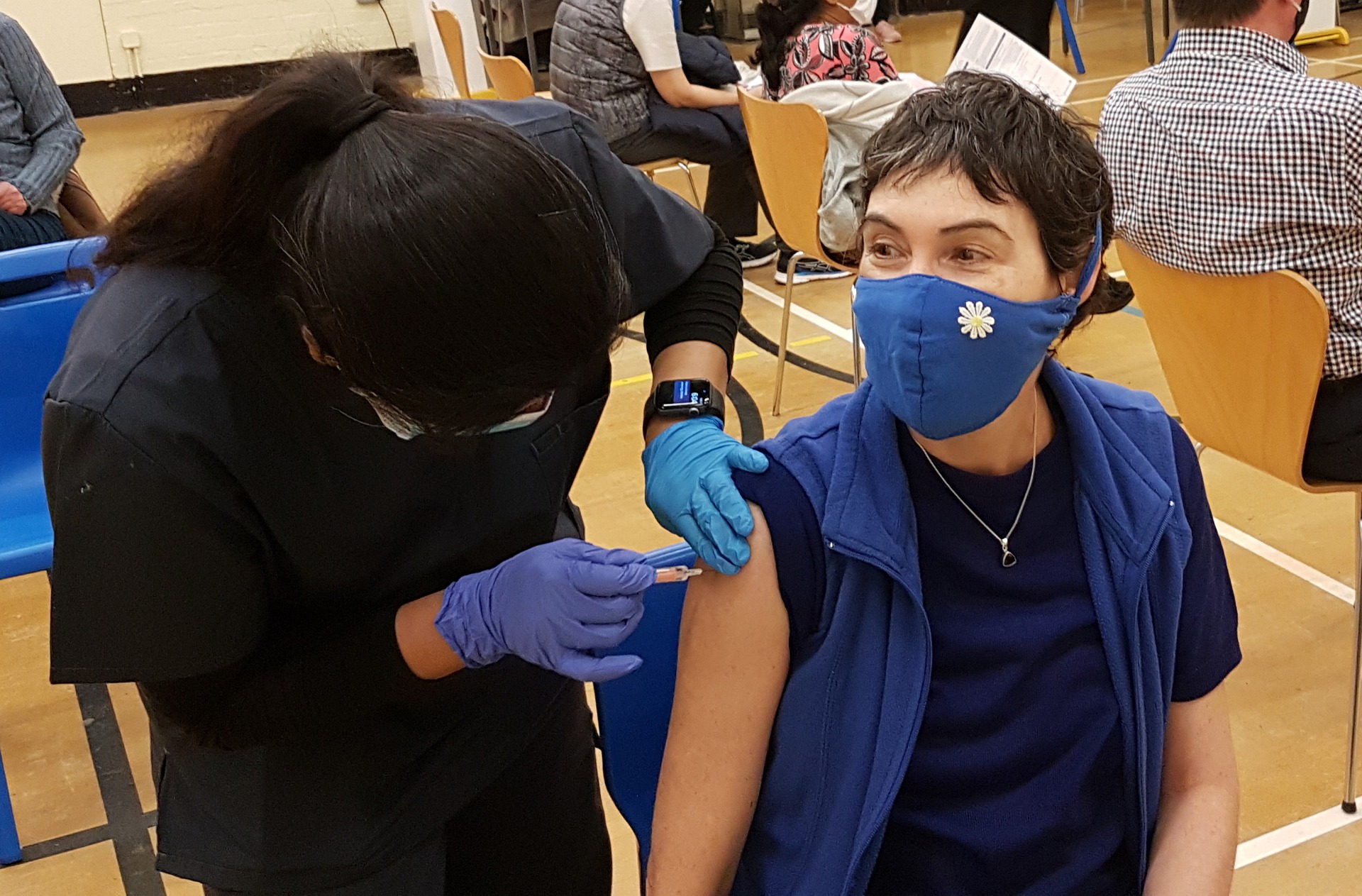Media release
From:
Two studies find only small elevated risk of blood clots following AstraZeneca COVID-19 vaccination
There is a slightly elevated risk of intracranial thrombosis events following vaccination with the AstraZeneca ChAdOx1-S COVID vaccine, according to two new studies publishing February 22nd in PLOS Medicine. The first paper, by William Whiteley of the University of Edinburgh, UK, and colleagues from the BHF Data Science Centre, UK, analyzed the electronic health records of 46 million adults in England. The second paper, by Steven Kerr of the University of Edinburgh, UK, and colleagues, used a dataset of 11 million adults in England, Scotland, and Wales.
Cases of thromboses—when a blood clot blocks a vein or artery—have been reported after vaccination with the Astra Zeneca ChAdOx1-S COVID-19 vaccine. However, the rates of common venous and arterial events, including stroke, myocardial infarction, deep vein thrombosis and pulmonary embolism, are hard to measure based on case reports alone.
In the first study, Whiteley and colleagues analyzed the electronic health records (EHRs) of 46 million adults living in England, of whom 21 million were vaccinated during the study time span, December 2020 to March 2021. For people aged 70 or over, the risks of arterial and venous thrombotic events were slightly lower in the 28 days following vaccination with either the Pfizer BNT162b2 or ChAdOx1-S vaccine, after adjusting for a range of demographic characteristics and comorbidities. In people under age 70, the risks of arterial and venous thrombotic events were comparable in the 28 days following vaccination, but a small increase in the rate of intracranial venous thrombosis (ICVT) was observed following the ChAdOx1-S vaccine. This corresponded to an estimated excess risk of 0.9–3 per million (varying by age and sex) and was approximately twice the rate compared to unvaccinated people, after adjusting for a range of demographic characteristics and comorbidities. The same effect was not seen after the BNT162b2 vaccine.
“In adults under 70 years, the small increased risks of intracranial venous thrombosis and hospitalization with thrombocytopenia after first vaccination with ChAdOx1-S are likely to be outweighed by the vaccines’ effect in reducing COVID-19 mortality and morbidity,” the authors say.
In the second study, the researchers linked data spanning December 2020 through June 2021 from multiple sources—including primary care, secondary care, mortality and virological testing—for more than 11 million people in England, Scotland and Wales. They compared the rate of cerebral venous sinus thrombosis (CVST) events—a rare type of blood clot in the brain—in the 90 days prior to vaccination and the four weeks following a first dose of ChAdOx1-S or BNT162b2. The authors observed a small elevated risk of CVST events following vaccination with ChAdOx1-S, equivalent to one additional event per 4 million people vaccinated, which was approximately twice as high as before vaccination. The study found no association between the BNT162b2 vaccine and CVST.
“This evidence may be useful in risk-benefit evaluations for vaccine-related policies, and in providing quantification of risks associated with vaccination to the general public,” the authors say.
The authors of both studies caution that the low number of overall events of CVST and other subtypes of thromboses, even in large cohorts, makes precise estimates of the risks difficult. They plan to carry out future studies to include other vaccines as well as second and booster vaccinations.
Whiteley adds, “Because of its very large size, this research study has provided precise results on the risks of rare blood clotting events and of low platelet levels following COVID-19 vaccination. We were able to show that these risks occur only in people under 70 years old with the Oxford-AstraZeneca vaccine and that the increase in risk is extremely small – no more than a few people per million vaccinated.”
Kerr adds, “In this analysis using data from England, Scotland and Wales, we found a roughly two-fold increased risk of a rare form of blood clot in the brain following the Oxford-AstraZeneca vaccine, but we did not see any increased risk for the Pfizer vaccine. We used a novel method that allowed us to do the analysis across several countries without them having to share person-level data with each other, and we hope to take advantage of this in future to allow greater collaboration across the UK.”
#####



 International
International



